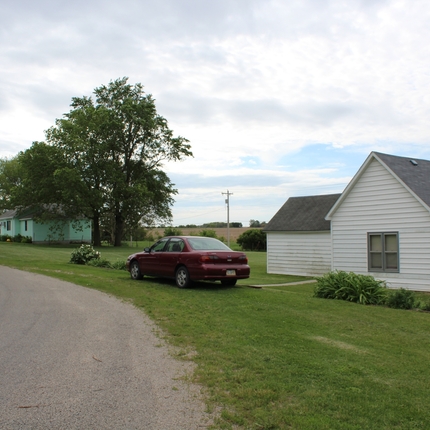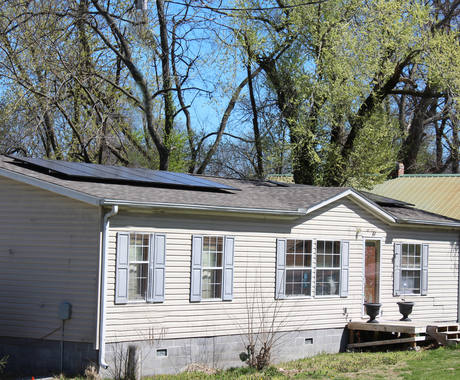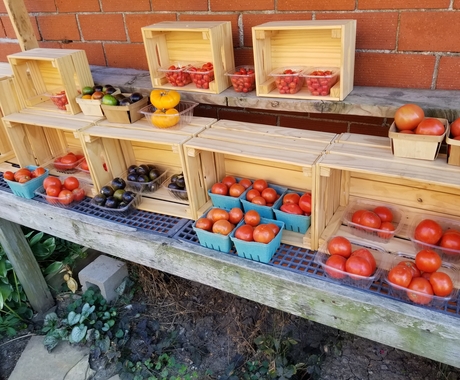It's official! The first day of 2018 is here. What better way to kick it off than with a look at our most viewed post in 2017, authored by Brian Depew, our executive director.
This piece takes a look at a community development issue faced by many rural communities — housing. What do you do locally to address a lack of housing in your community? In our top post of 2017, Brian lists a few ideas.
From the desk of the executive director: New approach needed for small town housing
Housing in small towns would take care of itself, or so I used to believe.
If we could get employment, education, health care, and quality of life right, the market would surely solve housing. In many rural areas, I figured, decades of population decline left more housing stock than people. Certainly a lack of houses wasn’t stopping people from moving to our small town.
I was wrong.
Now I understand the real story. I’ve heard from employers, from young families, and from recent college graduates. We’re interested in moving to your small town, they say, but we can’t find housing. More often than not, they end up living in a nearby larger town with more housing options.
Consider what you can do locally to address this challenge.
Financing — A growing number of banks have stopped writing mortgages for less than $50,000. Where property values are low, this effectively blocks low and middle income workers out of home ownership. What can you do to counter this trend? Community-centric lenders such as local development agencies, nonprofit lenders, and community-oriented banks could fill the gap.
Rethink Construction — Have you ever noticed how every new home looks the same and costs $200,000 to build? Rural Studio, a group of architects at Auburn University in Alabama, has developed a house that costs just $20,000. Their price point is competitive with a trailer home. By thinking differently about materials and construction methods, their designs can help expand your thinking about what is possible.
Get deliberate about repairs — Epicenter, a nonprofit in Green River, Utah (population 929), launched Fix It First, a program that provides low-interest loans and technical assistance to help homeowners fix minor problems (e.g. roof leak) before they become major problems. Dealing with issues early helps keep local housing stock in good repair and saves residents money.
Put cash on the table — We’re quick to invest public money in economic development incentives, but slow to invest in housing development. For a small town, cash incentives for new home construction may make a lot of sense. A $5,000 or $10,000 incentive will pay back directly (in property taxes, utilities, and fees) and indirectly (in new residents in town and new kids in the local school).
Change policy — Most public policy around housing seeks to address low-income housing. By banding together to expand policy to address workforce housing, local advocates can direct additional resources to this challenge. A bill introduced in the Nebraska legislature would establish a competitive grant process to address workforce housing needs.
Those are a few of the ideas we are thinking about at the Center for Rural Affairs to address rural housing. What are you seeing work in your town? Get in touch.




